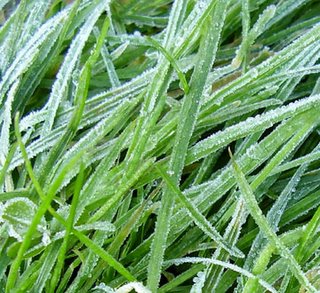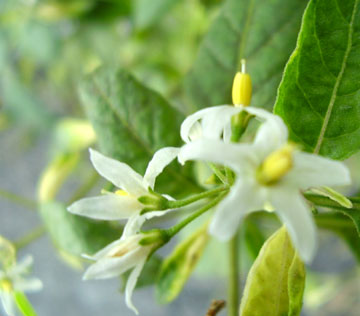This week's topic is Blue.
I found this hard since there are so many of my favourite blue things that i could think of, it was difficult to pick something.
I considered
adonis blue butterflies,
blue tits,
blue herons,
blue throated humming birds, blue berries,
corn flowers [bachelor buttons], harebells, blue bells, kingfishers - the list was endless.
Also i have an odd relationship with the colour blue since I'm a synaesthete. I taste certain words and music, and hear colour - and blue is the biggest trigger.
I wasn't aware of this being odd untill i was in my mid 20s and I was visiting Bristol Museum . Bristol is famous for a type of cobalt blue glass -made by adding cobalt oxide to lead crystal and the intense blue colour is out of this world. When faced with a large display of Bristol Blue glass i was overcome - it was like being sucked into space , filled with energy and surrounded by singing angels.
I am typing this looking at a Bristol blue goblet, one of a pair that my husband bought me a while back and I find it really hypnotic - i could spend hours just staring at it.
Still i didn't want to draw some glass , even though that might have been fun to experiemnt with. I wanted to do something kind of unusual and it occurred to me that a blue tongued skink would definitely fit the bill.
Skinks are lizards which usually have fairly small legs given the size of their bodies. Most skinks have a sort of skinny snaky appearance with little weak legs, and some have no legs at all.
Of the thousand or so species of skink, a small number of species have blue tongues and i thought it would be interesting to paint one of these skinks for the
IFriday topic. The blue tongued skinks are only found in Australia ,Tasmania ,New Guinea and Indonesia.
They are omnivorous -they will eat plants and berries and bugs and small animals. Their habitat varies from forest edges to near desert depending on the species.
After pondering a bit more , I decided that the shingleback blue tongued skink would be the most challenging to draw, as this skink is covered in very tough and knobbly scales which gives it the colloquial names of shingleback lizard or pine cone lizard.
The shingleback is only found in Australia and they are unusual among lizards in that they are monogamous for life. The same pair will come together each year to breed once the pair bond has been made. They give birth to a litter of live young after a 5 month gestation period rather than laying eggs like many other lizards.
They are also called two headed lizards since their stubby tails are roughly the size and shape of their heads -this is of course handy for defense as they can shed their tails if attacked, like many other lizards.
The shingleback that i've painted here is in a defensive posture -so his head is raised and mouth wide open to display his blue tongue.

Technorati Tags:
Tiliqua rugosapinecone lizardblue tongue skinkskinkshinglebacktwo head lizardillustrationillustration friday




 This leaf was stunning - the frost made a perfect lacy edging of ice
This leaf was stunning - the frost made a perfect lacy edging of ice
 The frost almost looks like white fur over this leaf.
The frost almost looks like white fur over this leaf.






























